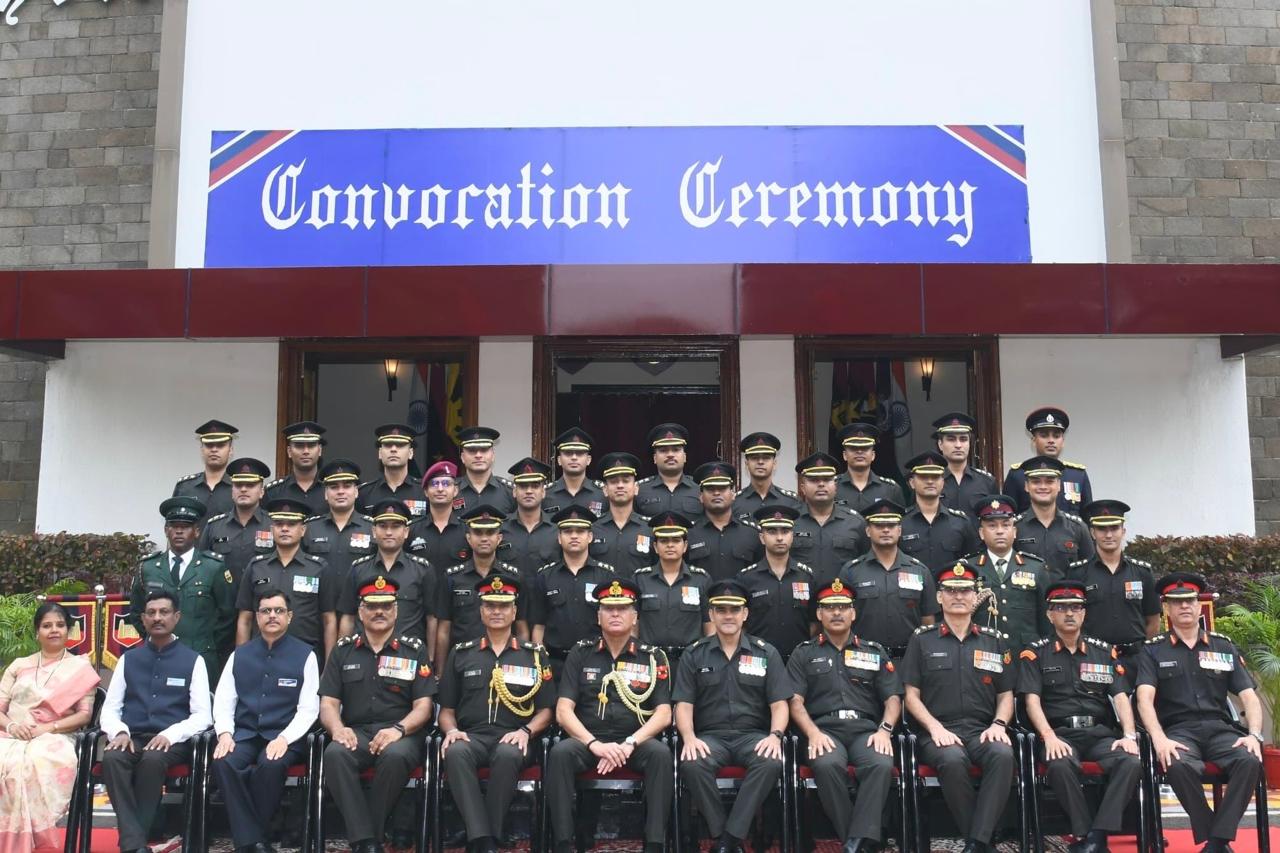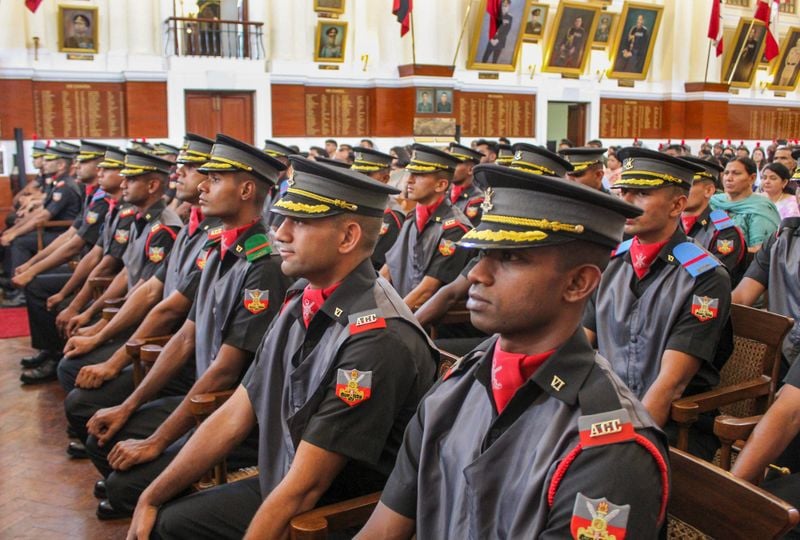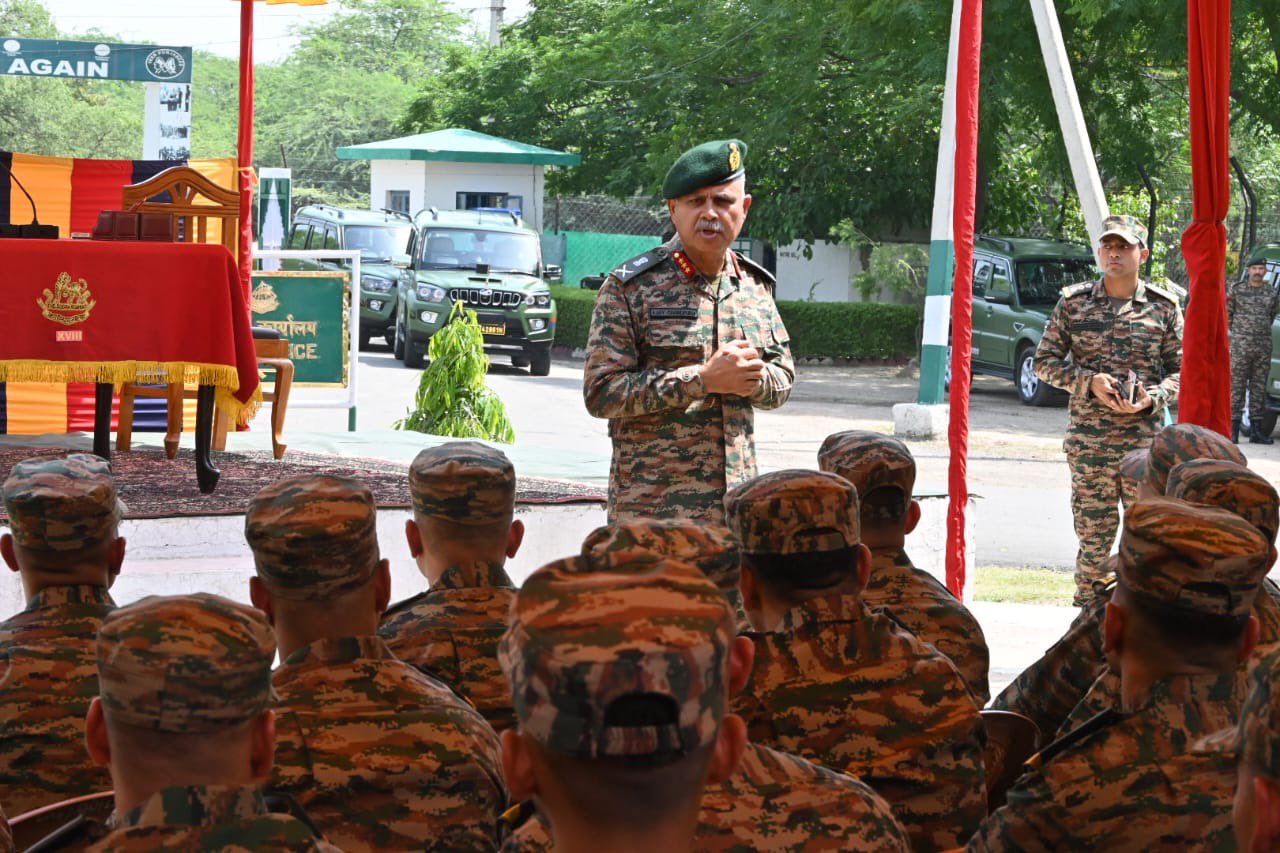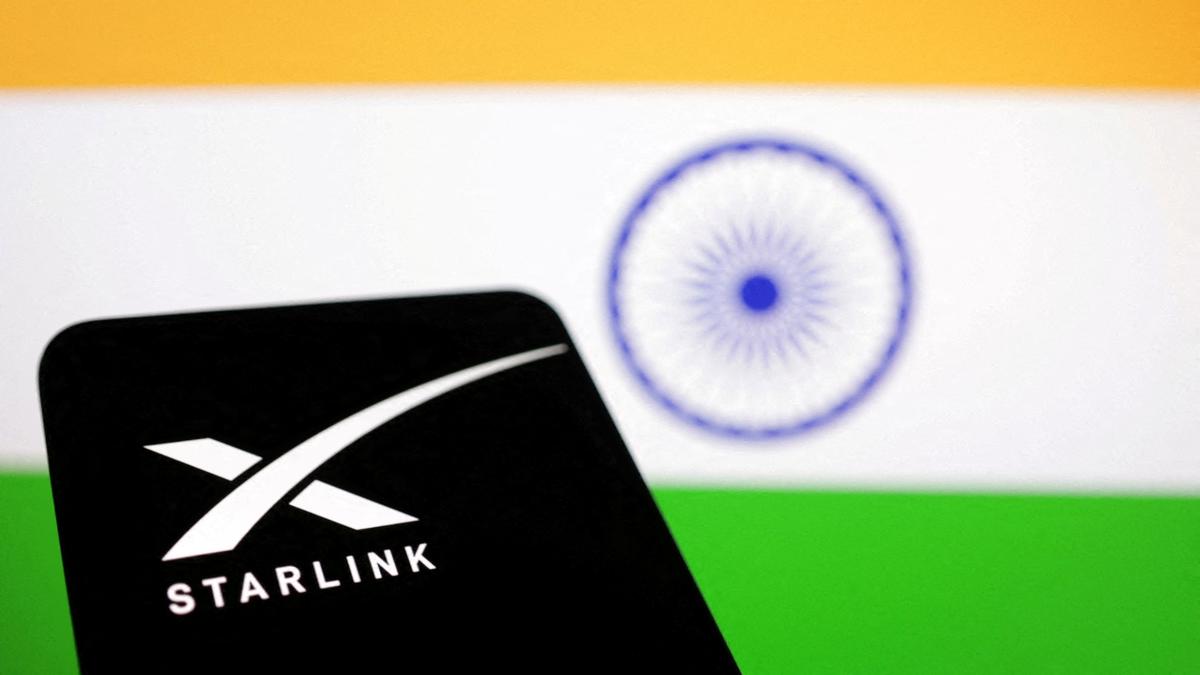Convocation Ceremony of MTech-12 and TES-43 Cadets Held at CME Pune on June 5, 2025
The College of Military Engineering (CME), Pune, hosted a landmark convocation and scroll presentation ceremony on June 5, 2025, celebrating…
48 ACC Cadets Awarded Degrees on June 6 2025
In a landmark event blending academic rigor with military excellence, 48 cadets from the Army Cadet College (ACC) graduated with…
Vajra Corps Commander Reviews Golden Arrow Division’s Operational Readiness in Punjab
Lieutenant General Sanjeev Sharma, General Officer Commanding (GOC) of the Vajra Corps, conducted a thorough review of the operational and…
Starlink Gets the Green Light in India: What It Means for Connectivity, Competition, and the Nation’s Future
SpaceX’s Starlink – a constellation of low-orbit broadband satellites – has won a key Indian license, clearing a major hurdle…
How a ₹5 Parle-G Biscuit Is Being Sold for ₹2,400 in Gaza
A ₹5 packet of Parle-G, India’s most iconic and affordable biscuit, is being sold for a staggering ₹2,400 in Gaza.…
Elon Musk’s Starlink Gets Licence to Launch Satellite Internet in India Amid Feud With Trump
Elon Musk’s satellite internet venture, Starlink, has officially secured a licence from India’s Department of Telecommunications (DoT), clearing a major…






